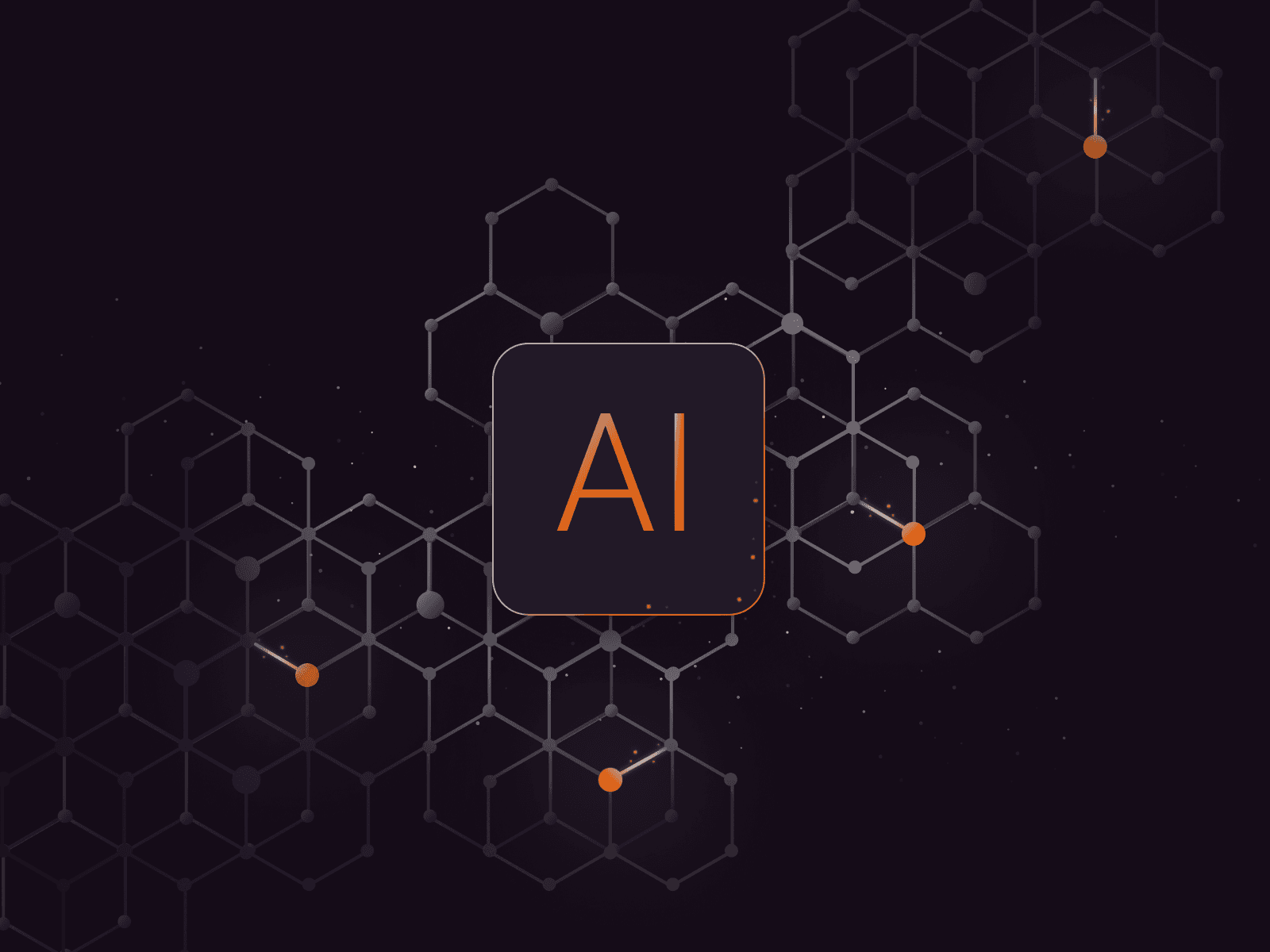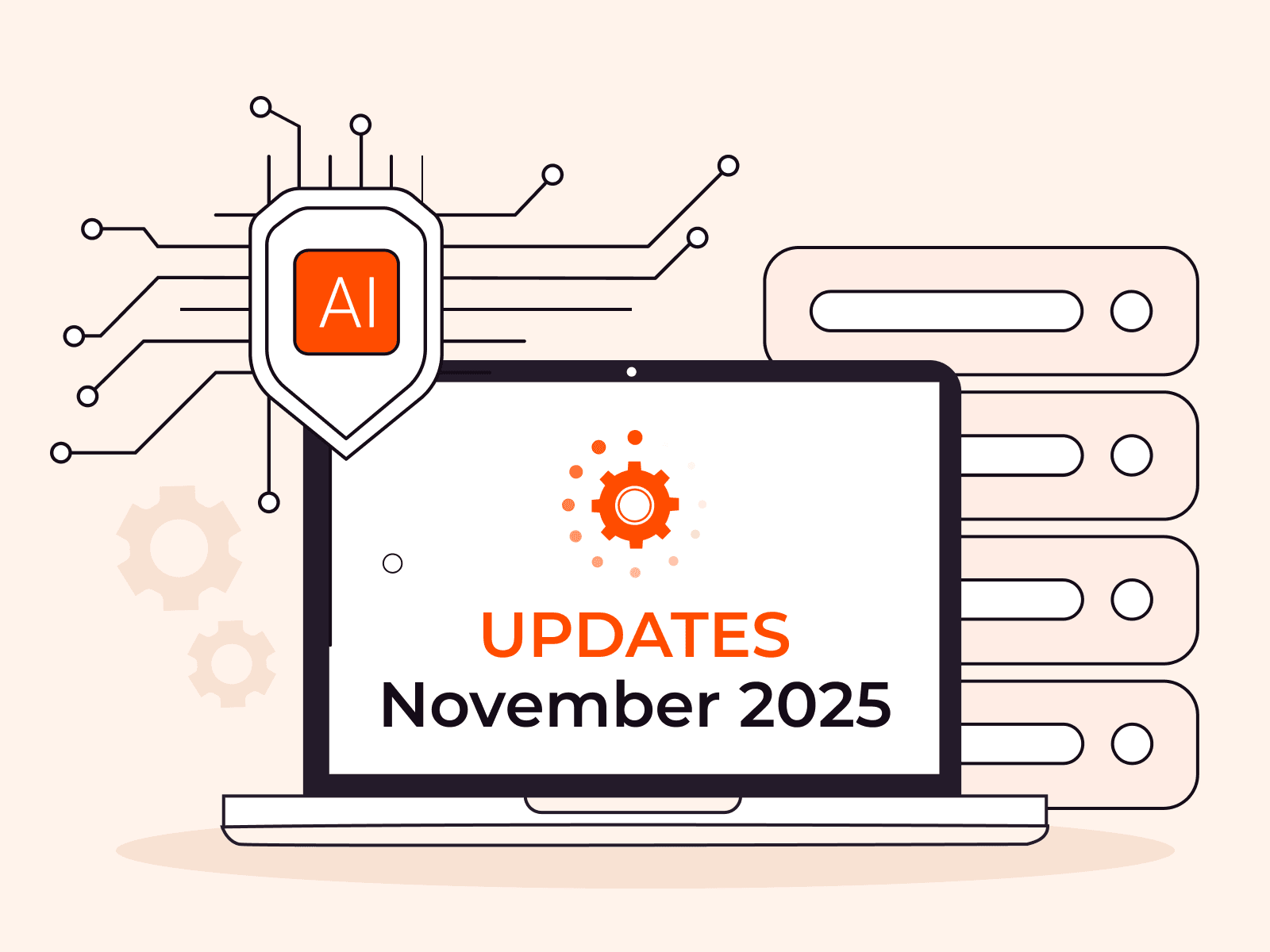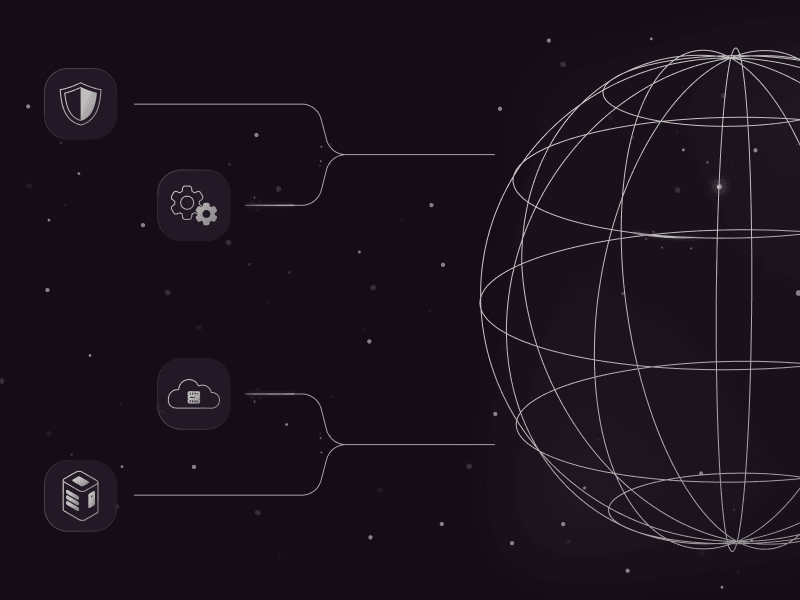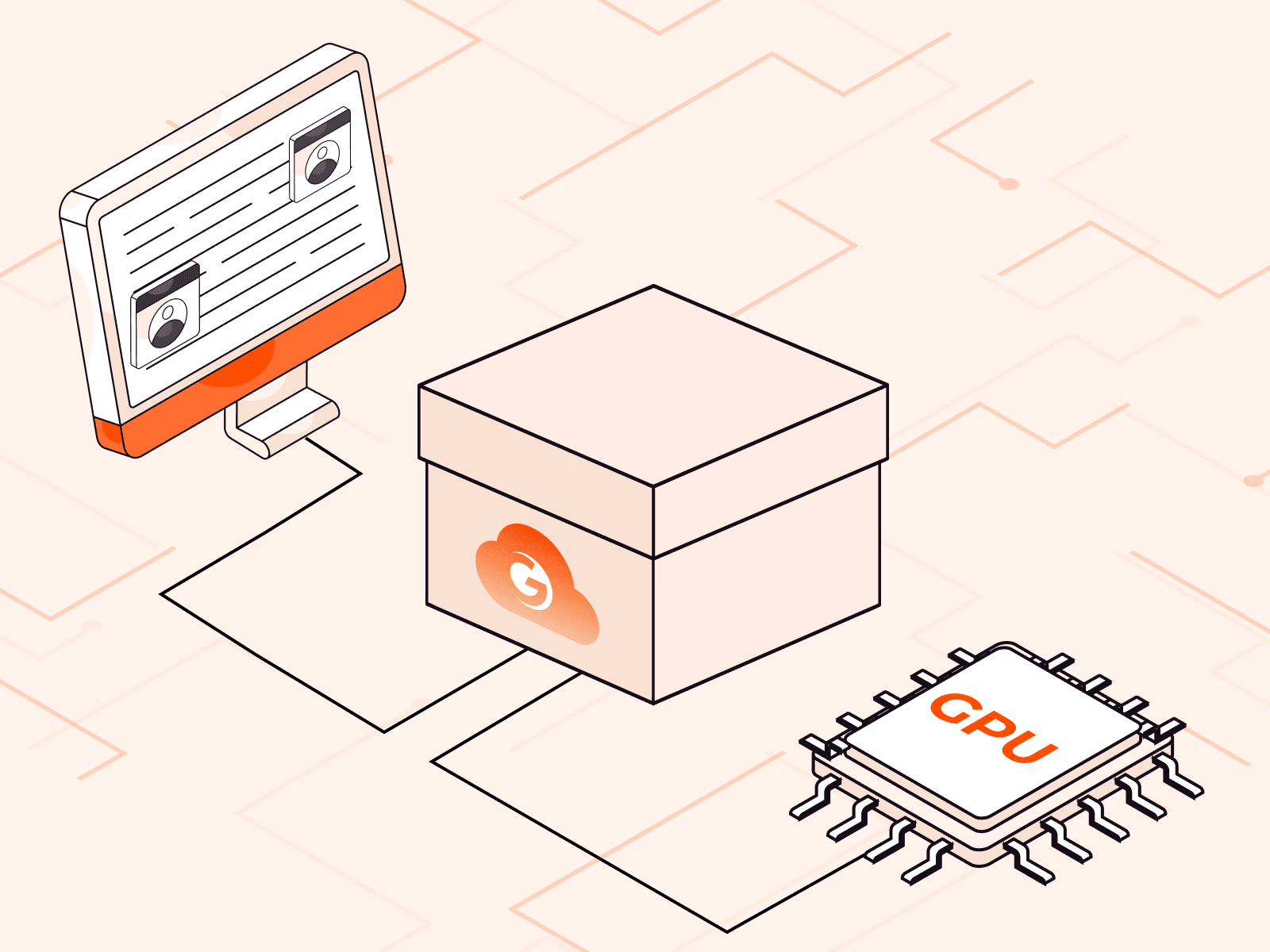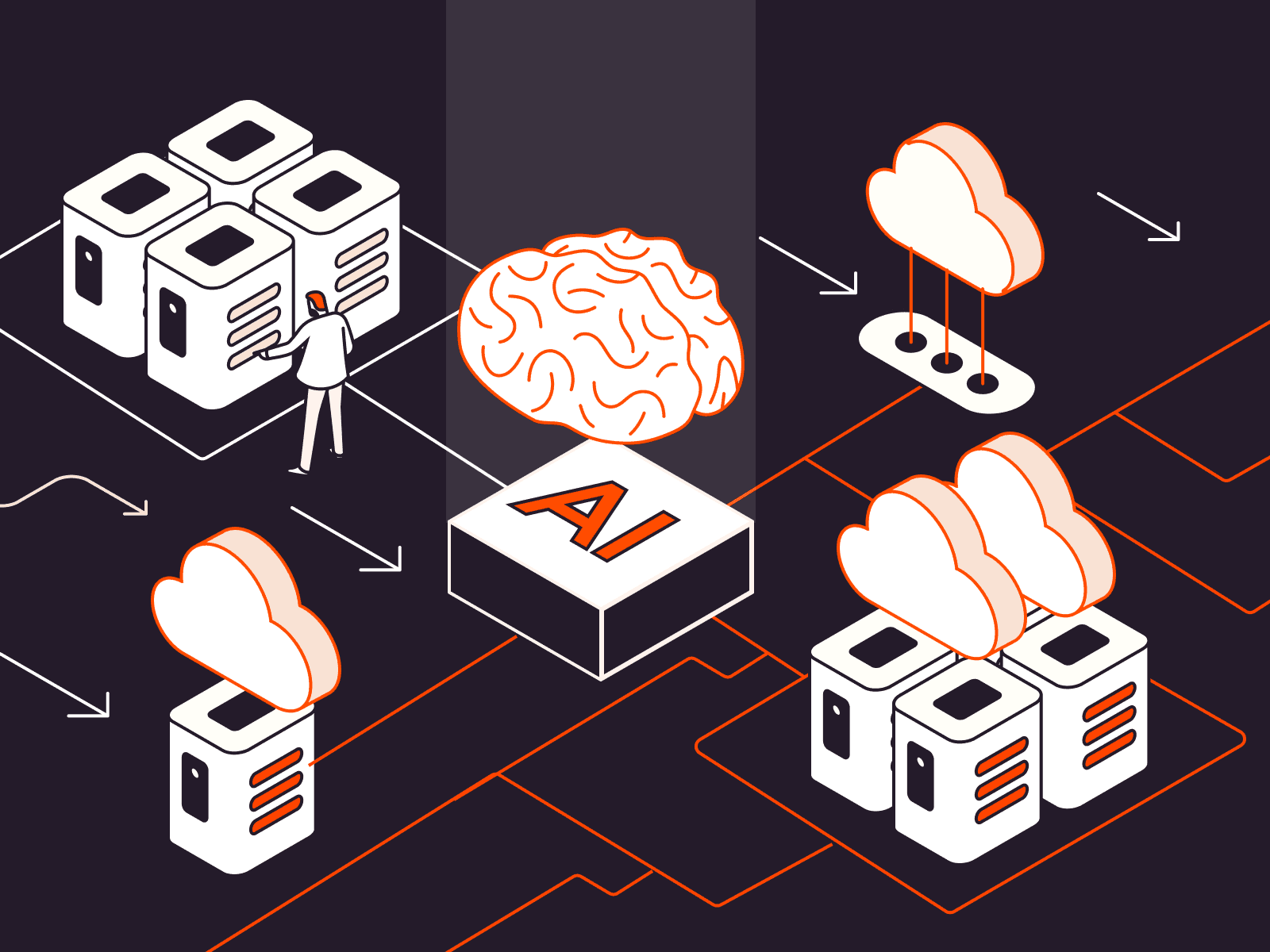Training in the Sovereign Cloud, Deploying at the Edge: Part 2
- September 11, 2024
- 4 min read

In part one of this article, we explained the critical importance of training AI models in the sovereign cloud and the two options available for doing so. In this part, we move on to deploying trained models at the edge.
What Are the Benefits of Deploying AI Models at the Edge?
Edge computing helps meet compliance with data sovereignty and residency laws. But its benefits go far beyond regulatory obligations. Deploying AI models at the edge introduces several advantages that enhance both operational efficiency and user experience. Here are the key benefits of considering an edge approach when deploying AI models within a sovereign cloud environment.
Simplified Adherence to Regional AI Regulations
Edge deployments also offer significant advantages in tailoring AI models to meet local or regional standards. It’s particularly beneficial in multi-jurisdictional environments, like global businesses, where data is subject to different regulatory regimes. Many countries have unique regulations, cultural preferences, and operational requirements that must be addressed, and edge computing allows organizations to customize AI deployments for each location. For example, an AI model deployed in the healthcare sector in Europe may need to comply with GDPR, while a similar model in the United States may need to follow HIPAA regulations.
By deploying models locally, organizations can ensure that each model is optimized for the legal, regulatory, and technical demands of the region where it operates. This level of customization also allows organizations to fine-tune models to better align with regional preferences, language, and behavior, creating a more tailored and relevant user experience.
Enhanced Privacy and Security
The regulations mentioned above are designed to improve the privacy and security of those whose data is used in training and of end users who engage in inference. So it’s logical that edge computing offers a privacy advantage. Here’s how it works.
By processing data locally at the edge, sensitive information spends less time traveling across public networks, reducing the risk of interception or cyberattacks. With edge computing, data can be processed within secure, geographically bound environments, ensuring that it stays within specific regulatory jurisdictions. In contrast to a centralized system where all data is pooled together—potentially creating a single point of failure—edge computing decentralizes data processing, making it easier to isolate and protect individual models and data sets. This approach not only minimizes the exposure of sensitive data but also helps organizations comply with local security standards and privacy regulations.
Reduced Latency and Improved Performance
Keeping data local means that latency is reduced for end users. Instead of sending data back and forth to a central server that could be located hundreds or thousands of kilometers away, edge-deployed models can operate in close proximity to where the data is produced.
This proximity dramatically reduces response times, allowing AI models to make real-time predictions and decisions more efficiently. For applications that require near-instantaneous feedback, such as chatbots, autonomous vehicles, real-time video analytics, or industrial automation, deploying AI at the edge can significantly improve performance and user experience, like getting rid of those pesky lags on ChatGPT or AI image generation.
Bandwidth Efficiency and Cost Savings
Another advantage of edge computing is its ability to optimize bandwidth usage and reduce overall network costs. Centralized cloud architectures often require vast amounts of data to be transmitted back and forth between the user and a remote data center, consuming significant bandwidth and generating high network costs.
Edge computing reduces this burden by processing data closer to where it is generated, minimizing the amount of data that needs to be transmitted over long distances. For AI applications that involve large data sets—such as real-time video streaming or IoT sensor data—processing and analyzing this information at the edge reduces the need for excessive network traffic, lowering both costs and the strain on the network infrastructure. Organizations can save on data transfer fees while also freeing up bandwidth for other critical processes.
Increased Scalability and Flexibility
Edge computing offers flexibility by distributing workloads across multiple geographic locations, enabling organizations to scale their AI deployments more easily. As business needs evolve, edge infrastructure can be expanded incrementally by adding more nodes at specific locations, without the need to overhaul an entire centralized data center. This scalability is particularly valuable for organizations operating across multiple regions, as it allows for seamless adaptation to local demand. Whether handling a surge in user activity or deploying a new AI model in a different region, edge computing provides the agility to adjust quickly to changing conditions.
Model Drift Detection
Edge computing also helps detect model drift faster by continuously comparing real-time data at the edge against original training data. This allows organizations to quickly identify performance issues and ensure that models remain compliant with regulations, ensuring better overall accuracy.
Improved Reliability and Business Continuity
Finally, edge computing enhances the reliability and resiliency of AI operations. In a centralized cloud model, disruptions at a single data center can lead to widespread service outages. However, edge computing’s distributed architecture ensures that even if one node or location experiences an issue, other edge locations can continue to function independently, minimizing downtime. This decentralized structure is particularly beneficial for critical applications that require constant availability, such as healthcare systems, financial services, or industrial automation. By deploying AI models at the edge, organizations can ensure greater continuity of service and improve their disaster recovery capabilities.
Train in the Sovereign Cloud and Deploy at the Edge with Gcore
Deploying AI models in a sovereign cloud and utilizing edge computing can help secure compliance with regional data laws, enhance performance, and provide greater flexibility and scalability. By localizing data processing and training, organizations can meet multi-jurisdictional regulations, reduce latency, improve security, and achieve cost savings, making edge and sovereign cloud solutions essential for modern AI deployments.
Gcore Edge AI offers complete AI lifecycle infrastructure, including sovereign cloud training in multiple locations including the EU, and inference at the edge on best-in-class NVIDIA L40S GPUs on 180+ globally distributed edge points of presence. Simplify your AI training and deployment with our integrated approach.
Discover how to deploy your AI models globally with Gcore Inference at the Edge
Related articles
Subscribe to our newsletter
Get the latest industry trends, exclusive insights, and Gcore updates delivered straight to your inbox.

